
All In Favour Say Aye
‘Accountability’ and ‘transparency’ are council watchwords. Best get the AV specialists in to make it happen.
Text:/ Graeme Hague
For many of us, Town Councils are about building permits, dog catchers and parking inspectors. And sure, local councils might need to take care of the seemingly trivial, but each is a multi-million dollar enterprise.
With big money comes big responsibility, and city councils are being forced to be more efficient and transparent in their decision making. Four Corners and Leader newspapers love nothing more than an exposé of a council caught with its hand in the biscuit barrel, so elected members need all the hi-tech help they can muster to keep accurate records of meetings and voting — it’s no use knocking back big bribes from property developers unless the public know how virtuous you’ve been!
Recently, three councils in Perth — the cities of Subiaco, South Perth and Wanneroo — have worked with Vizcom Technologies to install cutting-edge conferencing systems in their chambers. The gear allows each council to display extensive multimedia presentations of the issues being considered. Also, in each case, Vizcom has installed a combination of individual microphone stations for each councillor and controlling software that tracks and displays the voting on the screens.

PUT TO THE VOTE
Electronic voting has been around a long time and projecting the results is nothing new either, but where Vizcom offers something different is the way its conferencing equipment can be integrated with the client’s existing computer network and the way all formats of documents can be sourced instantly and shown on the screens. The extra smarts can be traced back to Vizcom’s special herbs and spices, combining Microsoft Windows, Crestron controls and – as Vizcom’s system designer David Jones puts it – a “good dose of our own software”.
It sounds like there’s scope for things to get complicated, but it’s quite the opposite. The councillors each have their own microphone station that includes a microphone (obviously) and a speaker for relaying audio from other stations. In larger rooms the latter is plainly important, but the speaker can be muted if, such as at the Subiaco Council where they upgraded everything including the furniture, the members prefer a close, round table environment. The microphones can still be used to record proceedings — more on that later. The standard stations have three buttons for lodging a Yes, No or Abstain vote and a chairperson’s station also has the ability to shut out or mute the others should someone get a bit overwrought… a rarity in local government, of course.
Overall management of the conferencing system is usually given to a secretary at their own station with a touchscreen controller for adjusting the voting modes or altering what’s displayed on the individual screens, plus importing multimedia into the conference. However, this configuration doesn’t have to be used. For example the chairperson could have the touchscreen or everyone can have one with individual menus available on each. The restrictions on how each conference system can be designed to work is basically a function of practicality — obviously you don’t want everybody trying to manipulate the screen content at the same time, for example.
Every system requires a central control point, but the scale and location varies significantly between implementations. Some clients keep it small and discreet, and some (like Wanneroo council) opt for a traditional bio-box setup (aka a control room).
Different voting modes can be selected for each meeting – and, again, these can be built into the software to suit individual clients. A common example would be ‘anonymous’ voting where the results are shown for all to see, but how each person at the meeting voted is kept hidden. Another possibility is to give one specific person a casting vote that decides an outcome. Switching modes is the kind of task a secretary at the control point would initiate at the chairperson’s request.

CUSTOMERISATION
Exactly how the conferencing system displays multimedia such as Word documents or PDF files is dependent on the client’s preferences during the system design. The secretary would simply bring the required software on screen before navigating to the appropriate file. There’s no reason why an internet browser can’t be incorporated and a meeting could collectively ‘Google’ information relevant to their discussion (I’m imagining eBay would need to be banned). It’s this integration of a client’s office server network and all the resources that it provides that makes the Vizcom conferencing system far more than just a pretty vote-counting machine with flashing lights.
The types of displays used have varied between councils . Some clients have installed individual screens at each seat, and although the monitors are all showing the same thing, at times it’s not clear whether everyone is focused on the right area. Larger, communal screens are a better option in these situations and so most clients install a combination of both, using plasma or LCD televisions and, if they need something bigger, LCD projectors on to dedicated wall screens. If the issue being debated or the information displayed is in some way sensitive, any of the networked screens can have their output blanked for confidentiality. An obvious extension of all this technology is the ability to digitally record the audio of meetings. Vizcom offer the software and any extra hardware to do this, but they’re aware it isn’t something to be taken lightly. As we all know, digital audio of any decent quality can require files of considerable size, and contentious meetings might run for several hours. To include a system that will reliably record long sessions is a large undertaking unless you work with a tape-based medium such as DAT (which is going the way of the dodo anyway). Vizcom will incorporate digital recording into the conference system for a client when asked, but it’s not just an optional extra they’ll chuck in with free mudflaps and a dashboard mat. Careful consideration needs to be given, not only of the operating procedures, but also the software skills required to process and distribute the recorded audio.
On the subject of skills, Vizcom claims that training staff is quick and painless. Two sessions are all that’s usually required and the Vizcom folks also sit in on the first ‘real’ meeting, more as a comforting presence than a necessity.
What happens if it all goes pear-shaped? Because the system is computer-based it doesn’t require anything special. Protecting its operation is best done with the usual array of UPSs and regular data backup. The touchscreens can be mirrored on any other part of the network and used ‘manually’, if a touchscreen fails.
There’s no inherent limit to the size and scope of the system, and Vizcom believes this platform can be adapted to suit any situation that encompasses meetings, minutes and voting.

VOTE FOR THE FUTURE
Everything for these projects has been developed in house at Vizcom using Crestron’s proprietary development software. SIMPL+ was used to handle the complex RS-232 serial data communications with the TOA conferencing system and the audio processing. Another SIMPL+ module stores the last 50 voting results to the Crestron’s non-volatile RAM in case the votes aren’t logged on the secretary’s PC due to momentary network or operational problems. SIMPL Windows was then used to integrate with the rest of the project, including video processing and a mix of relays, infra-red, and low voltage I/O, for controlling ancillary devices. Crestron touch panels are used to control the room and its environment, while a PC-based version of the touch panel is used to display information to the councillors’ local LCD monitors and the general public.
As broadband connections ramp up and — to think of it! — stabilise, there’s no barrier to a future system extending outside of a building and even beyond the shores. Shareholders scattered all over the world could have their vote registered on-screen simultaneously with people sitting in the room. You might think we’ve been seeing this for years, but the difference is that participants would be actually making their vote at the same time and seeing its impact on the debate in real time — not phoning a vote in and watching some televised vision.
The cost of such a system is almost impossible to project. The enormous number of variables that go into each system — ranging from the head-count of microphone stations to the monitor screen size in the boss’s office toilet — makes it difficult to even suggest some kind of ballpark figure.
The humble vote is often taken for granted, but it’s a powerful act in the hands of many people who need the best information and resources to make the right decisions. Without doubt, conference systems like these will shape our future.

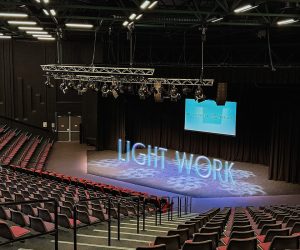

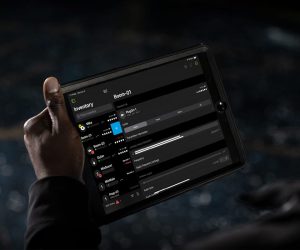




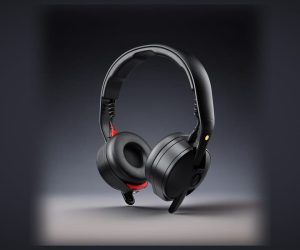

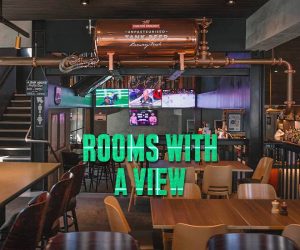
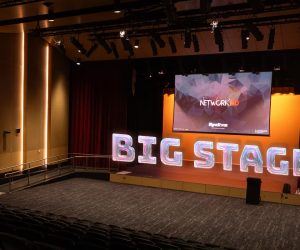
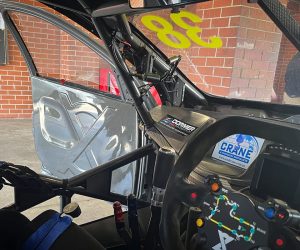

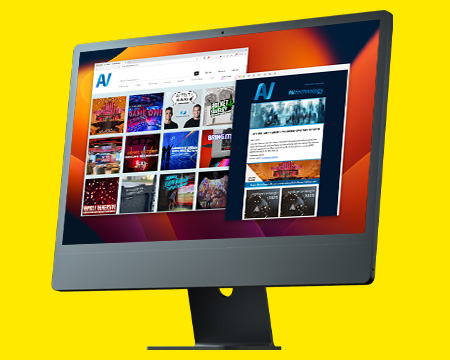
RESPONSES